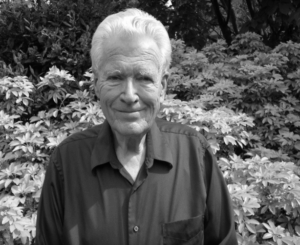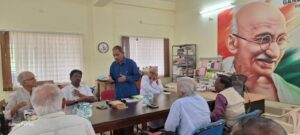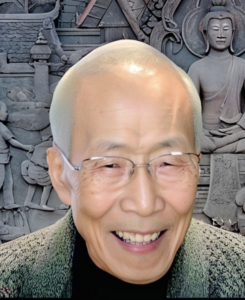From the Axial Age
Karen Armstrong, The Great Transformation: The Beginning of Our Religious Traditions (New York: Alfred A. Knopf, 2006), 469 pp.
Karen Armstrong has written her most important book to date, tracing the origins of our religious inheritance in four centers of the Axial Age: China, India, Greece, and Palestine. The Axial Age gave rise to the origins of religious traditions as we know them between circa. 900 and 200 B.C. She skillfully weaves the histories of perhaps the most violent times in the human story with our religious origins as reactions to violence. In profound ways the founders sublimated violence into higher spiritual potentials of human nature. The sacrifice of bulls and sheep, and the willing sacrifice of the warrior hero became the self-sacrifice of the compassionate servant as in II Isaiah or for the renouncer in Upanishadic times, or even Socrates in his last days. Empathy for all, even the enemy, becomes a virtue even for the warrior or the king, as for Arjuna in the Bhagavad Gita or the emperor Ashoka, or Xunziâ’s advice for the compassionate king. In the Axial Age civilization became too complex for violence to govern beneficially. Religion, Armstrong believes, has not yet surpassed its most sublime Axial Age discoveries. To counter today’s distortions of religious traditions we must relearn step one, self-criticism in the face of enemies, and two, appropriate practical action to calm aggressions in our local traditions.
That she has surveyed these four centers of Axial origins with depth, appreciation and fairness is a remarkable achievement in our partisan age! I wished she had explored the interrelationships and mutual influences among the four centers. She does compare and contrast ideas among them but does not show causal connections, for example the great influence of Persian religion both in the west and in India or Chinese Confucian influences on the Enlightenment in Europe, or Greek art on the rise of Buddhist and later Hindu sculpture. In addition Armstrong bows somewhat with a loyalty to the so-called “perennial philosophy”, though she tends to relegate it to pre-Axial influences. And she gives a theistic meaning to T’ien and Taoist inner spirituality generally agreed among scholars to be misplaced for Chinese Humanism.
Taken as a whole, Karen Armstrong has given us a much needed world centered view for our religious inheritance, a critical grounding if we are ever to make this planet work for all its inhabitants. Ahimsa, jian ai, love thy neighbor as thyself, still in our time over two millennia later, forms our highest and widest embrace.
–Peter Tufts Richardson







